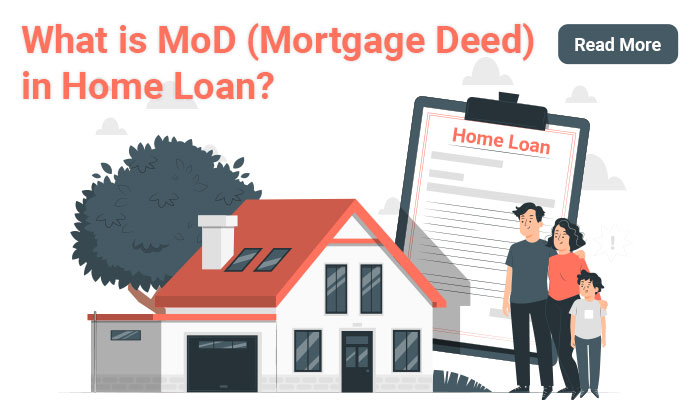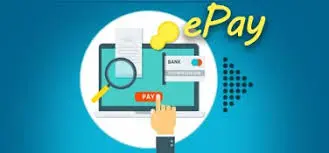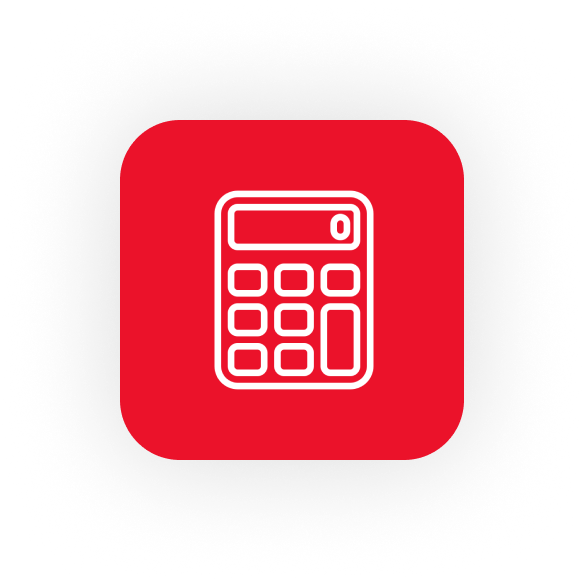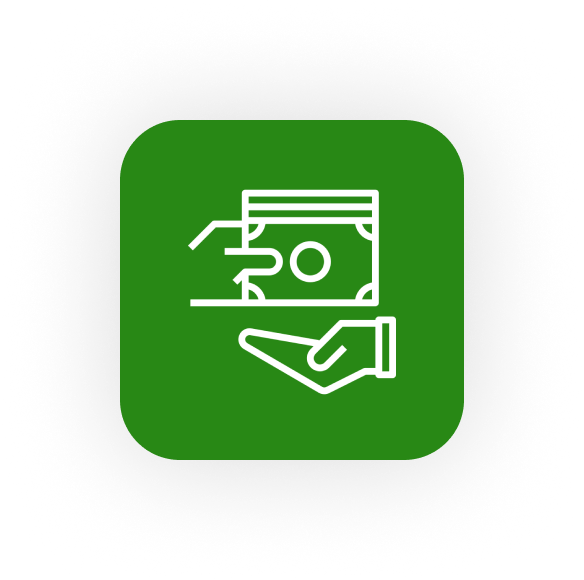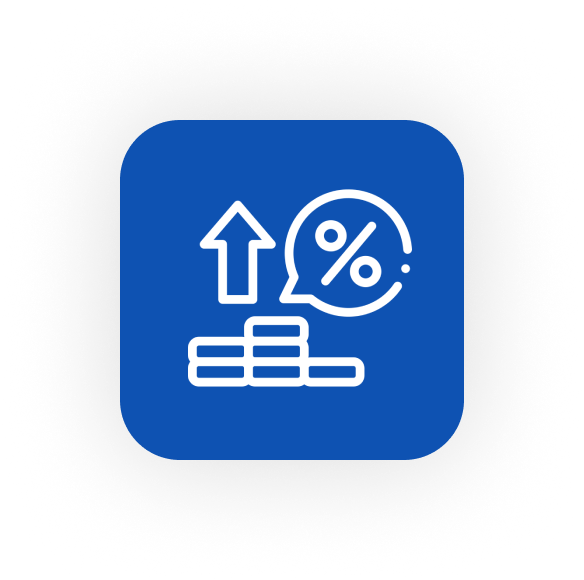Do You Know About MoD Mortgage Deed
A mortgage deed is a comprehensive legal document that serves as an agreement between a borrower and a lender, using real property as security for a loan. Here is a detailed breakdown of the elements and purpose of a mortgage deed:
- Key Elements of a Mortgage Deed
1. Parties Involved:
- Mortgagor: The borrower who takes out the loan and pledges the property as security.
- Mortgagee: The lender who provides the loan and holds an interest in the property as collateral.
2. Property Description:
- A detailed legal description of the property being mortgaged, including the address, boundaries, and any relevant property identifiers (like parcel numbers).
3. Loan Details:
- Principal Amount: The amount of money borrowed.
- Interest Rate: The rate at which interest will accrue on the loan.
- Loan Term: The duration over which the loan will be repaid.
4. Repayment Terms:
- The schedule of payments, which might include monthly installments.
- Details on how payments will be applied to principal and interest.
| "BEST BUILDER FLOOR APARTMENT IN CHENNAI" |
5. Borrower’s Covenants:
- Payment of Taxes: The borrower’s obligation to pay property taxes.
- Insurance: The requirement for the borrower to maintain insurance on the property.
- Maintenance: The borrower’s responsibility to maintain the property in good condition.
6. Lender’s Rights:
- Foreclosure: The right of the lender to initiate foreclosure proceedings if the borrower defaults on the loan.
- Sale of Property: The right to sell the property to recover the loan amount if foreclosure occurs.
- Acceleration Clause: The lender’s right to demand full repayment of the loan if specific conditions are breached.
7. Default Provisions:
- Conditions under which the borrower is considered in default (e.g., missed payments, failure to maintain insurance).
- Consequences of default, including potential foreclosure.
Also read: What is Private Mortgage Insurance PMI
8. Signatures and Notarization:
- The mortgage deed must be signed by both the borrower and lender.
- Often, the signatures are notarized to ensure the validity and authenticity of the document.
- Purpose and Function
- Security for the Loan: The primary purpose of a mortgage deed is to secure the loan with the property, giving the lender a legal claim to the property if the borrower defaults.
- Legal Record: It serves as an official record of the loan agreement and the conditions under which the property can be foreclosed.
- Rights and Obligations: It clearly outlines the rights and obligations of both the borrower and the lender, providing legal protection to both parties.
- Process
1. Drafting: The mortgage deed is typically drafted by the lender or a legal professional.
2. Review: Both parties review the document to ensure all terms are understood and agreed upon.
3. Signing: The borrower and lender sign the document in the presence of a notary public.
4. Recording: The deed is usually recorded with the county recorder's office to provide public notice of the lender’s interest in the property.
- Importance
- Legal Protection: Protects the lender by providing a claim to the property in case of default.
- Transparency: Ensures that all terms of the loan agreement are clearly defined and agreed upon.
- Public Record: Recording the mortgage deed creates a public record, which can be important for future property transactions.
A mortgage deed is thus a crucial document in real estate finance, establishing a legal framework for the loan and the associated property rights.
https://www.livehomes.in/blogs
